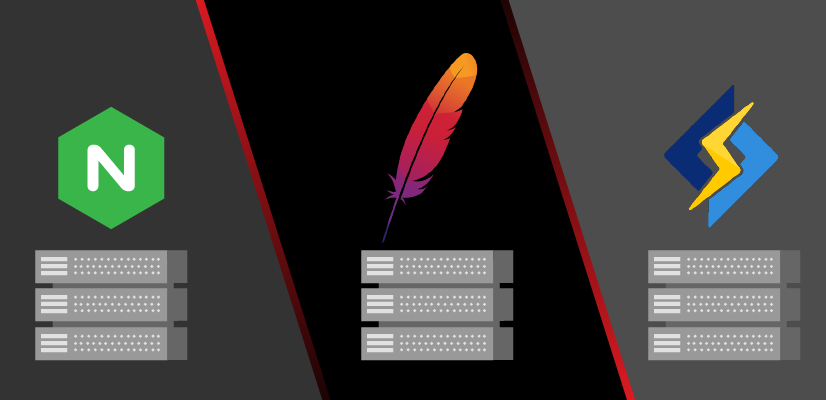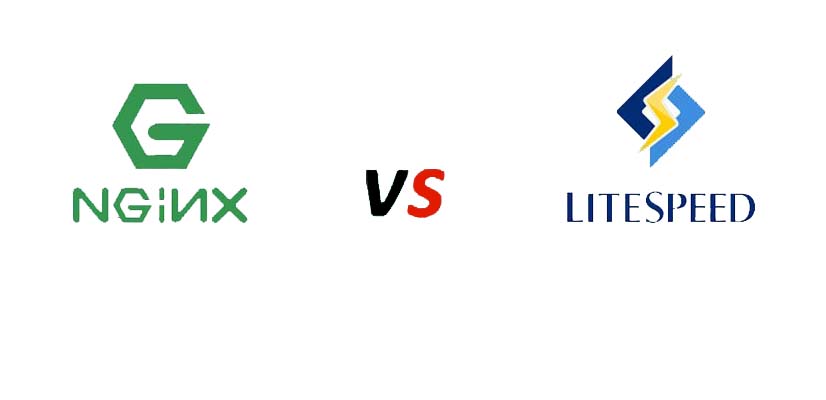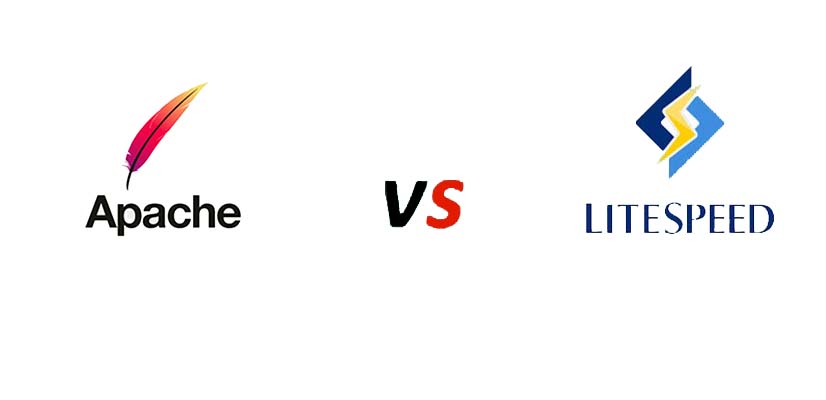Litespeed vs Nginx vs Apache – Which Is Best Web Server?

If you happen to have been looking for a hosting service, you may have come across a few web hosting providers that openly announce which web server they are using for their servers. Most hosting providers use Apache as it’s been around for many years and is known for its reliability. However, in recent years, LiteSpeed and Nginx have been gaining a huge percent of the market.
In this article, we would like to talk about LiteSpeed WordPress hosting as well as comparing LiteSpeed web hosting with different and popular web hosting such as Nginx and Apache.
What is LiteSpeed?
LiteSpeed is a web server, and it’s considered to be fairly new in the webserver world. In recent years, LiteSpeed has gained huge popularity among web hosting providers. By using LiteSpeed, hosting providers have managed to double the capacity of their servers by changing their web servers from Apache to LiteSpeed.
Imagine you have 20 physical servers and running Apache on each of them. You can host 200 websites and a maximum of 4000 if they don’t require too many resources. Now, if someone told you, you could double that number by switching to LiteSpeed, wouldn’t you do it?
LiteSpeed Features
So, what are the features of LiteSpeed? Much like other web servers, LiteSpeed comes with some amazing features that make it great. For example,
- HTTP/3: LiteSpeed is considered to be the first commercial server that supports HTTP/3. HTTP/3 comes with header compression, multiplexed, and offers binary protocol.
- QUIC (Quick UDP Internet Connections ): At first, QUIC was used by Google to improve transporting encrypted data over UPD using HTTP/2. However, in 2016, IETF started working on the protocol to make it standard for everyone. Part of that effort is splitting QUIC into transport protocol and application protocol.
- Scripting: By default, the LiteSpeed webserver application supports content written in different languages such as Java, Python, Ruby, Perl, and PHP.
- Server APIs: LiteSpeed webserver supports a few servers of APIs for improved communication between the external applications and the web server itself. And the most effective and efficient of these APIs is LiteSpeed SAPI (LSAPI) which is perfect and mostly used for PHP, Ruby, and Python.
- HTTPS: Other than supporting the basic SSLv3, TLSv1.1, and v1.2, LiteSpeed can also be configured to use SNI and OCSP.
- IPv4 and IPv6: LiteSpeed supports both IPv6 and IPv4.
- Virtualization: Perhaps, one of the key features of the LiteSpeed webserver that most hosting providers are switching to this web server is its ability to allow unlimited IP virtual hosts.
- Concurrent Connections: OpenLiteSpeed has no limit whatsoever on concurrent connections, making it the perfect solution.
- WebSocket Proxying: LiteSpeed webserver enables you to use the real-time technology of WebSocket Proxy while controlling the WebSocket connections.
These are just the basic features of the popular LiteSpeed webserver. So, with that being said, what is the difference between LiteSpeed and Nginx?
LiteSpeed vs Nginx

Nginx is also a web server that is popular and is currently powering over 7 million websites. Nginx is available for free, while LiteSpeed is available in both free and paid versions. LiteSpeed is a lightweight software tool that improves resources without losing any performance, security, or convenience.
Nginx is an HTTP server software that has gained a huge number of followers and users worldwide and has currently taken over the number of LiteSpeed users in the market share. According to statistics, Nginx has better coverage in different types of websites due to its simplicity and the features that it offers.
Back in 2004, Nginx was first released as a performance web server that balances the server load. However, due to the performance improvement it offers, it has gained a huge number of users in recent years. On the other hand, LiteSpeed is now the 4th best web server. It reduces the load on servers due to the features it offers. In recent years, the folks at LiteSpeed have released an open-source version of the software called OpenLieSpeed, which has the limited features of LiteSpeed.
LiteSpeed vs Apache

The most important question that anyone may have right now is LiteSpeed or Apache? Well, it depends on how you look at it. Apache has been around for many years, and since it’s free, it has been used cross-platform, working on both Windows and Unix servers. Apache is highly customizable thanks to its structure, and it is open-source. Moreover, Apache supports server-side languages such as Python, Tcl, PHP, and Perl. When it comes down to configuration and stability, Apache is really easy to configure and somewhat beginner-friendly; it is highly stable and has been for years. Most importantly, it is highly optimized for WordPress websites.
On the other hand, LiteSpeed can handle much more traffic compared to Apache, and more importantly, it is known to handle DDOS attacks way better than Apache. Most hosting providers tend to switch to LiteSpeed if a server that is Apache and under constant DDOS attacks. In addition, LiteSpeed can simply support almost all control panels, and configuring files with it is really simple.
LiteSpeed vs Nginx vs Apache

Each of these web servers is unique and offers at least one powerful feature compared to the other one. Apache has been around for many years, and most hosting providers use Apache as the main software of their servers since it is highly stable and reliable. On the other hand, LiteSpeed tends to handle way more traffic compared to Apache and save resources without losing the performance of the server. As mentioned above, in recent years, many hosting providers have been switching to LiteSpeed for some websites due to the high number of DDOS attacks as it can handle DDOS way better than any web server.
On the other hand, Nginx web servers have taken the world by storm. Compared to LiteSpeed, it has been powering over 7 million web servers in almost any category. The core of Nginx is open-source and totally free. However, the enterprise version of the software is paid. Although, when it comes to speed and performance, LiteSpeed is much faster than Nginx since it is built specifically for performance and improves it.
Conclusion
In this article, we discussed LiteSpeed vs Apache vs Nginx. These 3 are the most popular web servers globally, and most hosting providers tend to use them for their servers. Each of them offers a set of unique features and is perfect for anything you throw at them. Although Apache has been around for many years and is the most used web server, in recent years, Nginx and LiteSpeed have been gaining a huge number of followers, and hosting providers are slowly switching to either Nginx or LiteSpeed.

